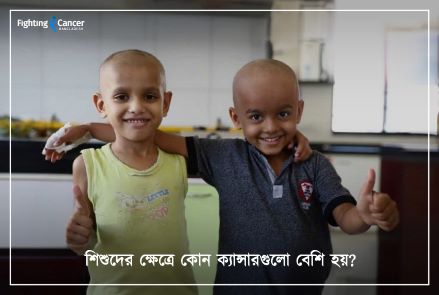
According to the World Health Organization, each year around 400,000 children develop cancer. Childhood cancer comes in different forms, each with its own set of challenges.
Leukemia, the most common childhood cancer, involves the uncontrolled growth of blood progenitor cells in the bone marrow. It's important to be aware of the symptoms such as bone or joint pain, fatigue, weakness, pallor, fever, and unexplained weight loss.
Brain tumors, which make up about a quarter of childhood cancers, can cause symptoms like headache, nausea, vomiting, dizziness, blurred vision, and reduced coordination.
Neuroblastoma, a cancer that develops from nerve cells in young children, can lead to abdominal pain, swelling, and fever.
Wilms tumor, also known as nephroblastoma, affects the kidneys and primarily affects children under 6 years old. Look out for symptoms like abdominal pain and swelling, fever, nausea, and loss of appetite.
Lymphoma begins in the lymphocytic cells of the immune system and can cause symptoms such as fever, sweats, fatigue, swollen lymph nodes, and unexplained weight loss.
Rhabdomyosarcoma, originating in the cells of the skeletal muscles, can cause pain and inflammation in the affected area.
Retinoblastoma, a cancer of the eye's retina, usually affects young children and can be detected by the abnormal appearance of the affected eye's pupil when a light is shone into it.
Lastly, primary bone cancer causes pain and inflammation and can occur at any age, but it's more common in older children and adolescents.
It's important to be aware of these different forms of childhood cancer and their symptoms for early detection and treatment.

